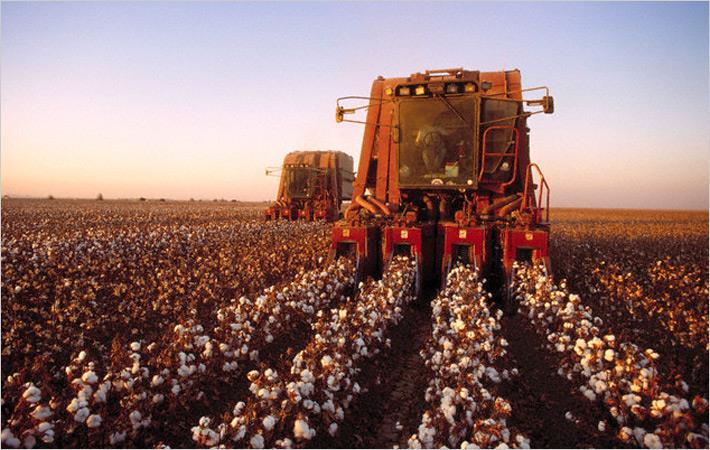Cotton USA aims to reduce greenhouse gas emissions by 39%

These goals were set after the Task Force thoroughly reviewed Field to Market: The Alliance for Sustainable Agriculture’s most recent National Indicators Report data illustrating the industry’s past achievements in reducing its environmental footprint.
Established by the US cotton industry in 2017, the task force has set targets to achieve by 2025 like reducing greenhouse gas emissions by 39 per cent, soil loss by 50 percent, in balance with new soil formation, increasing water use efficiency (more fiber per gallon) by 18 per cent and soil carbon in fields by 30 per cent. The force will also work towards lowering the amount of land needed to produce a pound of cotton fiber by 13 per cent and soil loss by 50 per cent, in balance with new soil formation.
Membership in the Sustainability Task Force includes representatives from all the US cotton industry’s seven raw cotton segments: cotton producers, ginners, merchants, co-ops, warehousers, cottonseed processors and US textile mills. This holistic approach helps to ensure a coordinated and effective response to environmental issues.
"Our industry wants to be the supplier of choice for those who are committed to only buying cotton that is produced with sustainable and responsible environmental, safety and labor practices," Task Force member Ronnie Lee, a Georgia cotton producer and past National Cotton Council chairman, said.
The US cotton industry has made great gains in sustainability over the past 35 years and has reported significant declines in land use, soil loss, improvements in water efficiency, energy use and greenhouse gas emissions. To establish and measure these goals, US cotton uses science-based metrics and benchmarks developed by Field to Market: The Alliance for Sustainable Agriculture to assess environmental impacts and identify opportunities for improvement. Field to Market works across the entire agricultural supply chain to define, measure and advance the sustainability of US crop production. (RR)
Fibre2Fashion News Desk – India
































-Ltd..jpg?tr=w-120,h-60,c-at_max,cm-pad_resize,bg-ffffff)





.jpg?tr=w-120,h-60,c-at_max,cm-pad_resize,bg-ffffff)
.jpg?tr=w-120,h-60,c-at_max,cm-pad_resize,bg-ffffff)






